Forever 21 began its journey as "Fashion 21" in 1984, founded by Do Won and Jin Sook Chang in Los Angeles. The brand rapidly expanded by adopting a fast-fashion business model and underwent a rebranding in 2001 to attract a wider audience. At its height, Forever 21 operated over 800 stores and generated $4.4 billion in sales. However, by 2019, the company faced declining sales and increased competition, leading to a Chapter 11 bankruptcy filing. In 2020, the brand was acquired and shifted its focus towards e-commerce and sustainability. With new ownership implementing strategic changes, Forever 21's future depends on its ability to adapt to the ever-evolving demands of consumers, and there is much more to discover about its ongoing transformation.
Founding and Early Growth
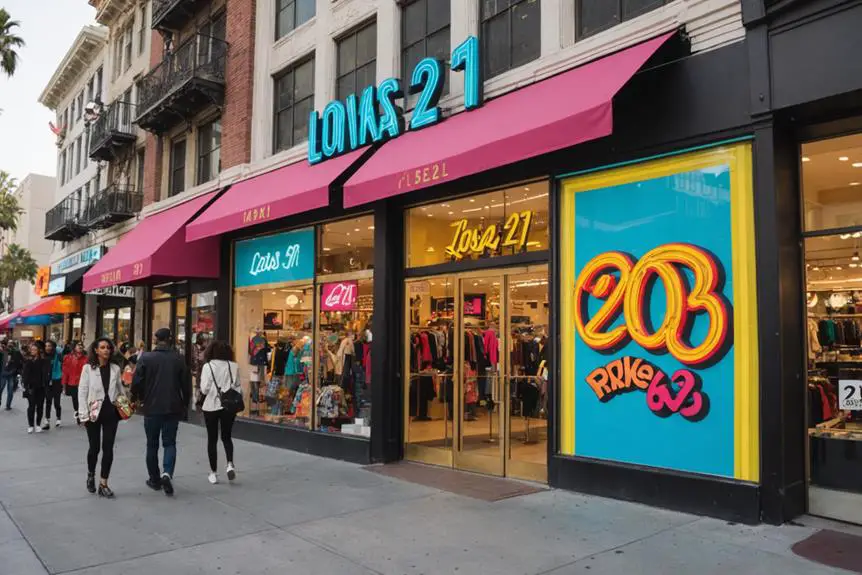
In 1984, Do Won and Jin Sook Chang launched Forever 21, originally branded as "Fashion 21," from a modest 900 sq. ft. store in Los Angeles. With just $11,000 in savings, they strategically targeted the Korean American community, which resulted in impressive first-year sales of $700,000. This foundational move not only established their business but also laid the groundwork for what would become a fast fashion empire.
As the brand evolved, it underwent a pivotal transformation in 2001 when it was renamed Forever 21. This rebranding aimed to broaden its appeal, moving beyond a niche market to attract a more diverse customer base. By adopting a fast fashion model, the company sourced merchandise from wholesale closeouts, allowing it to keep pace with rapidly changing fashion trends.
This approach fueled remarkable growth, with new store openings averaging 25,000 sq. ft. by 2006. Such expansion, combined with an innovative marketing strategy, propelled Forever 21 to over 800 stores worldwide by 2015, achieving peak annual sales of $4.4 billion and employing more than 43,000 individuals.
Business Model and Expansion
Forever 21's rapid ascent in the retail landscape can largely be attributed to its innovative business model, which prioritized fast fashion and affordability. By sourcing merchandise from wholesale closeouts, the brand achieved rapid inventory turnover, ensuring it remained in sync with current trends. This strategy not only attracted young consumers but also set the stage for aggressive expansion.
Here are four key elements of Forever 21's business model and expansion strategy:
- Affordable Pricing: By keeping prices low, Forever 21 appealed to budget-conscious shoppers, enhancing its market reach.
- Rapid Store Openings: The company opened new stores every six months, growing to over 800 locations by 2014, which solidified its presence.
- Acquisition of Gadzooks: In 2005, acquiring Gadzooks for $33 million further expanded its store count and diversified its offerings.
- Trend Responsiveness: The fast-fashion model allowed Forever 21 to quickly adapt to trends, attracting young shoppers enthusiastic for the latest styles.
Through this business model, Forever 21 established itself as a leading fast-fashion retailer, paving the way for significant growth and market influence.
Bankruptcy and Financial Struggles
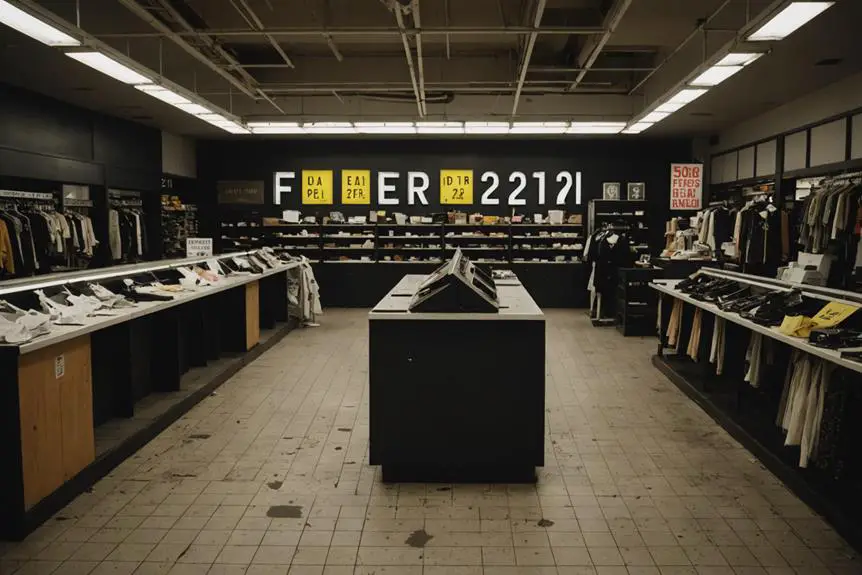
By late 2019, the financial landscape for Forever 21 had shifted dramatically, leading to its Chapter 11 bankruptcy filing. With approximately $500 million in debt, the company's struggles stemmed largely from financial mismanagement. You'd notice that declining sales were exacerbated by shifting consumer preferences towards e-commerce, increased competition, and high operating costs. These factors put significant strain on the brand, which was already grappling with a poorly executed merchandising strategy and disastrous real estate deals.
As part of its restructuring efforts, Forever 21 announced plans to close around 178 U.S. stores and exit 40 countries, ultimately shuttering 350 stores globally. This aggressive downsizing was necessary to stabilize operations and address its considerable liabilities, which ranged between $1 billion and $10 billion at the time of bankruptcy. The company recognized that adapting to the changing retail landscape was essential for survival.
Emerging from bankruptcy in early 2020, Forever 21 was sold for $81.1 million to a consortium led by Simon Property Group and Authentic Brands Group, signaling a strategic attempt to revitalize the brand. The path ahead, however, remains challenging as it looks to reclaim its place in a competitive market.
Acquisition and Ownership Changes
Emerging from bankruptcy, Forever 21 underwent a significant transformation in ownership that aimed to restore its market presence. In February 2020, the brand was sold for $81.1 million to a consortium led by Simon Property Group and Authentic Brands Group (ABG). Each acquired a 37.5% stake, while Brookfield Properties took a 25% share in the intellectual property. This acquisition marked a turning point, focusing on revitalizing Forever 21's core business after its $500 million debt crisis.
Key aspects of this ownership change include:
- Strategic Partnership: The collaboration between Simon Property Group and ABG aimed to enhance Forever 21's retail strategy.
- Shaquille O'Neal's Role: As the second-largest individual shareholder of ABG, he also served as a brand ambassador, adding a modern flair.
- Expansion Plans: In 2021, JCPenney began integrating Forever 21 products into its catalog, showcasing the brand's growth strategy.
- E-commerce Focus: Post-bankruptcy, the new ownership structure emphasized enhancing Forever 21's online presence, vital for future competitiveness.
These changes not only signify a new era for Forever 21 but also reflect a broader trend in retail recovery.
E-commerce and New Directions
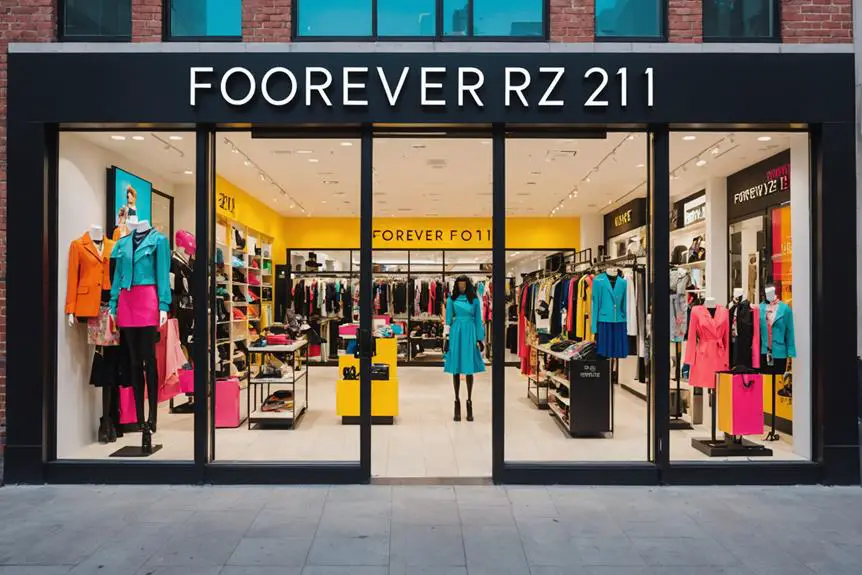
The acquisition and subsequent restructuring set the stage for a renewed focus on e-commerce and innovative marketing strategies at Forever 21. After emerging from bankruptcy in 2020, the brand prioritized enhancing its online platform, relaunching its store in 30 countries through Global-e. This strategic move allowed you to reach a broader customer base and respond effectively to the surging demand for digital shopping experiences.
In 2021, Forever 21's collaboration with JCPenney to feature products in 100 stores marked a significant retail expansion, but the brand's heart remained in e-commerce. By signing licensing agreements to penetrate Latin American markets, Forever 21 aimed to leverage local insights, further solidifying its online presence.
As consumer preferences evolve, the focus on e-commerce isn't just a trend; it's essential. Forever 21 adapts its product offerings and store layouts to embrace sustainability, aligning with the values of modern shoppers. This dual approach—expanding e-commerce while embedding sustainability into your brand identity—positions Forever 21 to thrive in a competitive landscape, ensuring relevance and engagement with a conscious consumer base.
Brand Management and Future Plans
Revitalizing its brand image is key for Forever 21 as it navigates the competitive landscape of fast fashion. Under the ownership of Authentic Brands Group and Simon Property Group, the brand's future hinges on several strategic initiatives:
- E-commerce Expansion: Forever 21 is enhancing its online presence in the UK and EU, tapping into the growing demand for digital shopping.
- International Growth: Licensing agreements are set to facilitate entry into Latin American markets, broadening its global footprint.
- New Store Openings: The plan to launch 14 new stores across the U.S. in 2022 emphasizes the commitment to inclusivity and diverse fashion offerings.
- Sustainability Initiatives: By prioritizing sustainable product sourcing and partnering with brands like Nine West, Forever 21 aims to align with evolving consumer values.
Leadership changes, including the appointment of Daniel Kulle as CEO, signal a renewed focus on adapting to market trends. As Forever 21 embraces these strategies, it must remain vigilant about consumer preferences and legal challenges, ensuring a coherent brand identity that resonates with its audience.
Frequently Asked Questions
What Is Forever 21 Brief History?
Forever 21's journey reflects the fast fashion industry's evolution. You see its rise in popularity, rapid expansion, and subsequent bankruptcy as it struggled to adapt to shifting consumer preferences and fierce competition in the retail landscape.
Do Shaquille O'neal Own Forever 21?
No, Shaquille O'Neal doesn't own Forever 21. He's a significant shareholder in Authentic Brands Group, which acquired the brand. His role as brand ambassador aims to revitalize Forever 21's image and market presence.
What Made Forever 21 Successful?
Forever 21's success lies in its fast fashion model, rapid expansion, and ability to tap into youth trends. You see their affordability and diverse product range resonate with young consumers, creating a strong, loyal customer base.
Why Is Forever 21 Named That?
Forever 21's name reflects its focus on youth and timelessness, appealing to a demographic that craves trendy, affordable fashion. The number "21" symbolizes energy, making the brand resonate strongly with young consumers seeking freshness.
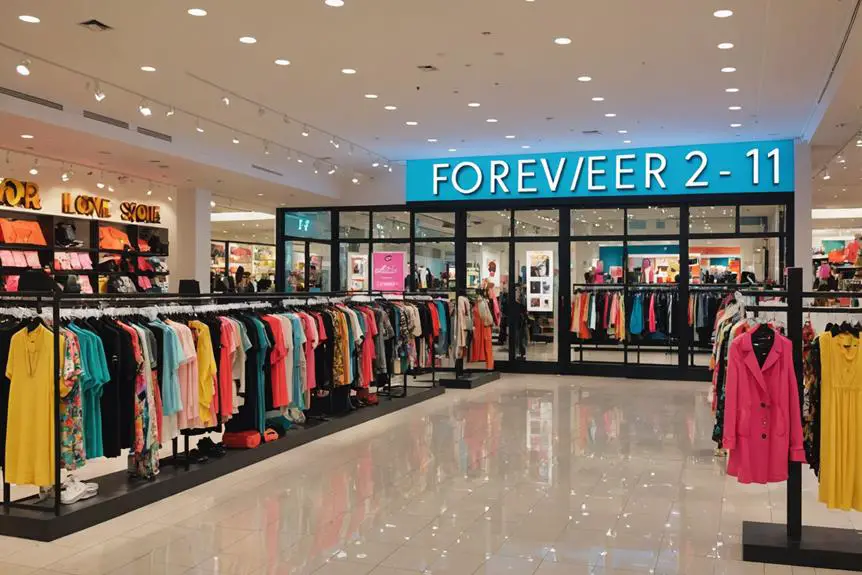

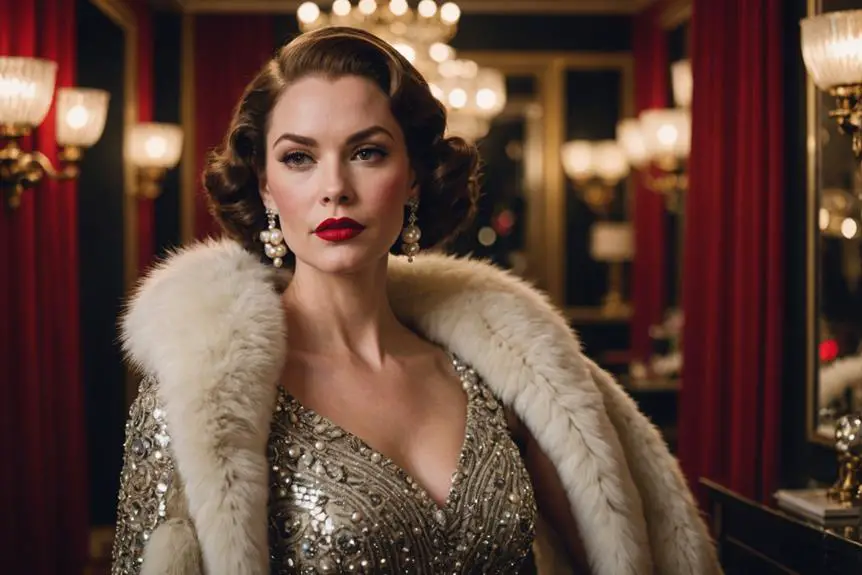


I would like to show appreciation to this writer for rescuing me from this problem. Just after exploring through the the net and obtaining basics that were not beneficial, I believed my entire life was gone. Living devoid of the answers to the issues you have sorted out by means of the site is a critical case, as well as ones which may have in a negative way affected my career if I hadn’t discovered your site. Your good understanding and kindness in maneuvering almost everything was crucial. I’m not sure what I would have done if I had not come across such a point like this. I can also at this moment relish my future. Thank you so much for your specialized and sensible help. I won’t think twice to recommend the website to anyone who should receive tips on this subject.